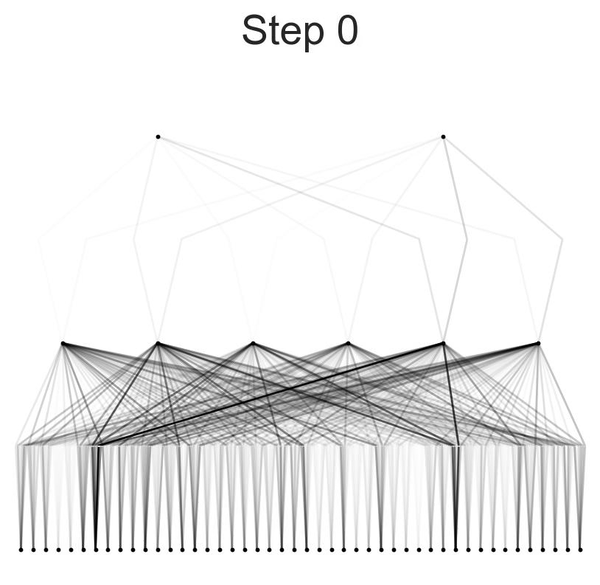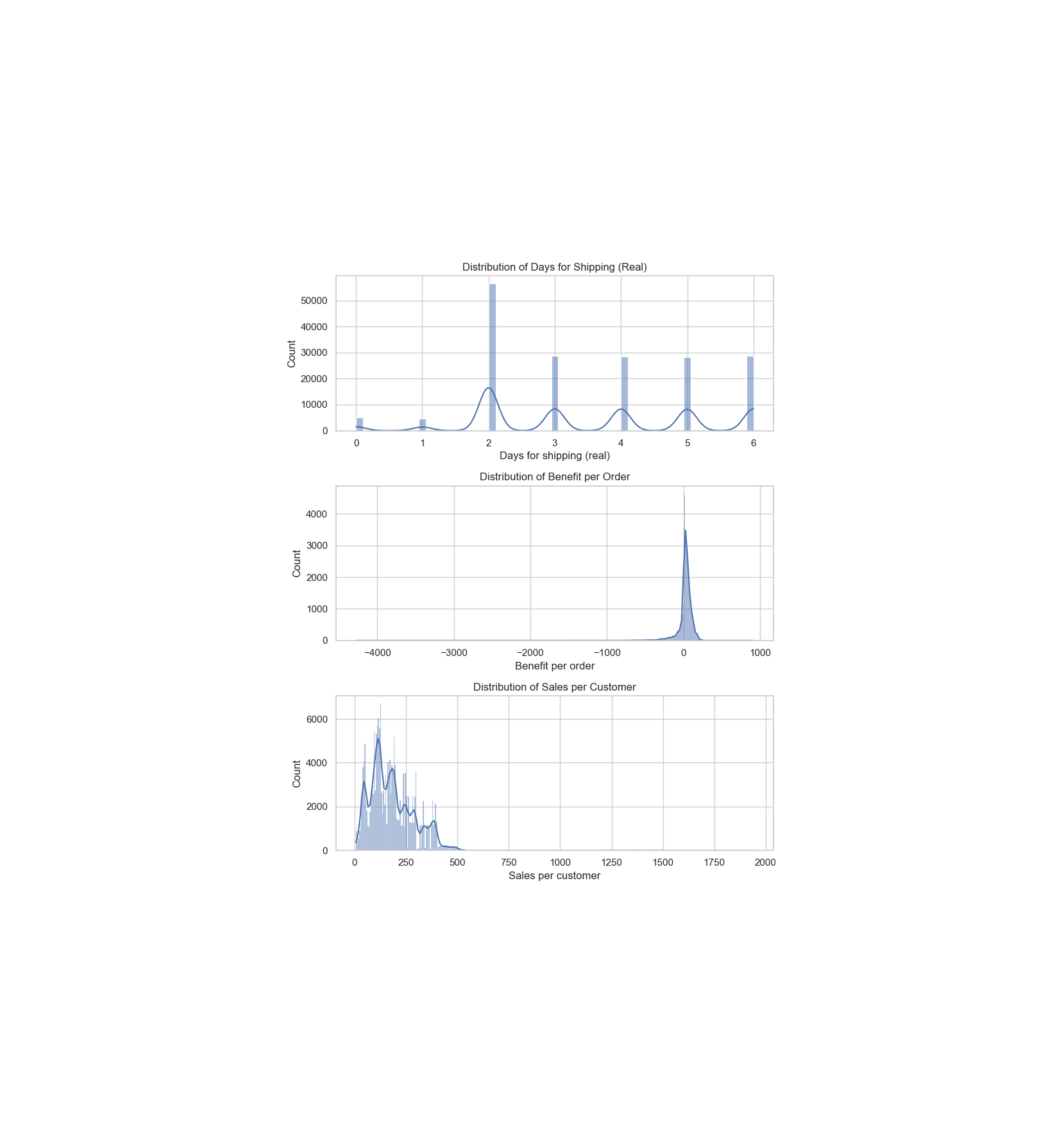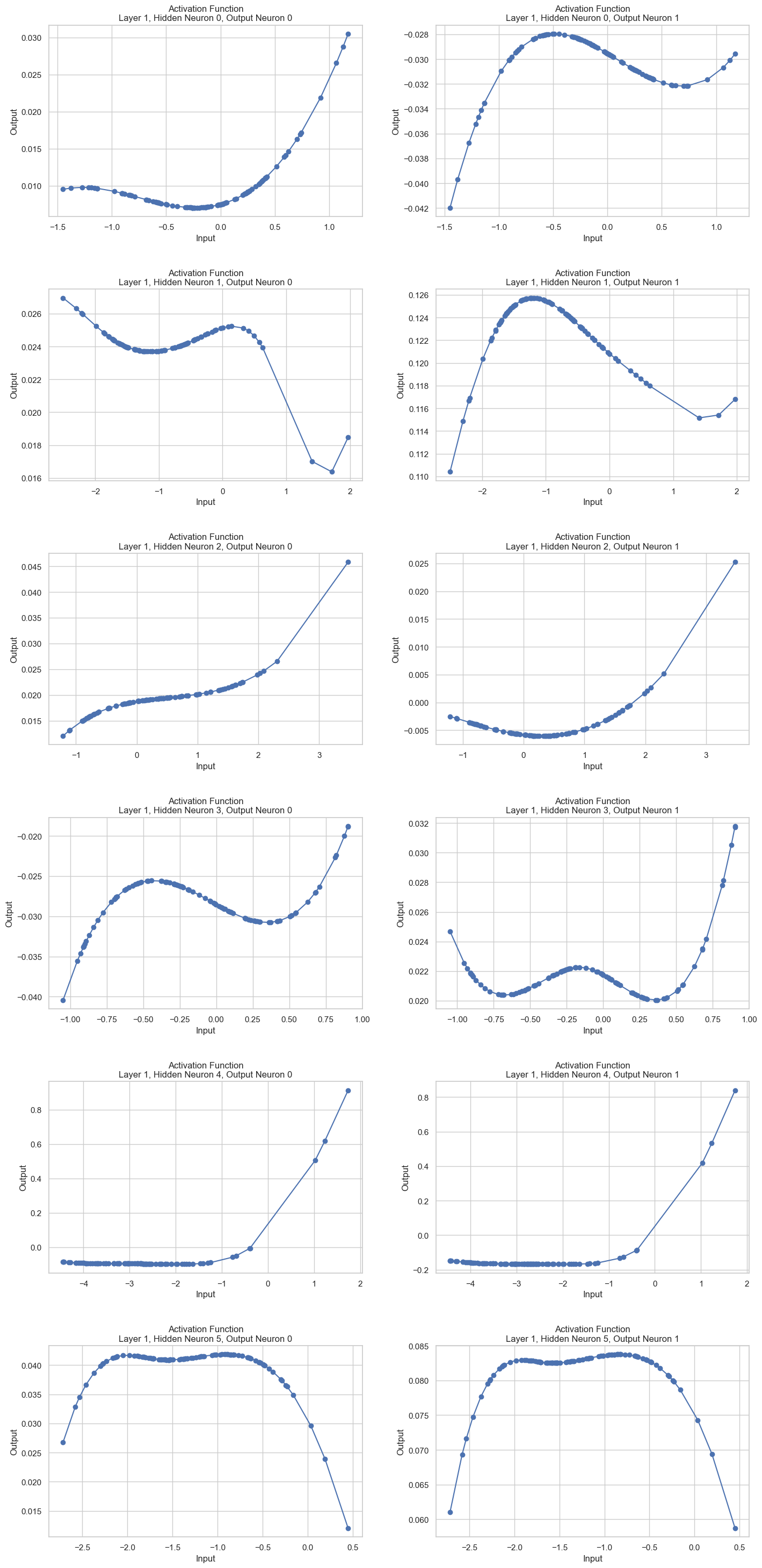This project, titled "Enhancing Fraud Detection in Supply Chains with Kolmogorov Arnold Networks: A Comparative Analysis with Multi-Layer Perceptrons (Initial Findings and Methodology)," aims to enhance fraud detection in supply chains by leveraging Kolmogorov Arnold Networks (KANs) and contrasting their performance with traditional Multi-Layer Perceptrons (MLPs).
The study explores the application of Kolmogorov Arnold Networks (KANs) in detecting fraud within supply chains, emphasizing their interpretability and adaptability compared to traditional Multi-Layer Perceptrons (MLPs). KANs utilize learnable activation functions, enhancing model transparency and enabling more effective fraud detection.
- Article: Contains the detailed study and findings.
- Classification: Scripts and models related to the classification tasks.
- PCA_and_other_approaches: Alternative approaches and dimensionality reduction techniques.
- Regression: Scripts and models related to regression tasks.
- DataCoSupplyChainDataset.zip: The dataset used for the study.
- DescriptionDataCoSupplyChain.csv: Description of the dataset features.
- README.md: This file.
The dataset comprises transactional data from a supply chain, including features such as transaction amounts, product categories, customer information, and timestamps. The dataset can be found here.
- Removed unnecessary columns and rows with missing values in critical fields.
- Combined customer names into a single column.
- Split order dates into separate year, month, day, and hour columns.
- Created a target variable named 'fraud' based on the 'Order Status' and 'Type' category.
- Unified first and last names into a 'Cust_Full_Name' column.
- Formatted date columns for consistency and time-based analysis.
- Identified and label-encoded categorical columns to convert them into numerical values.
- Applied the Adaptive Synthetic (ADASYN) algorithm to balance the training data to address the imbalance in the data with lower fraud values.
- Split the dataset into training and test sets while stratifying the training data to ensure a balance in the dataset.
- Converted the preprocessed data into PyTorch tensors.
- Constructed using the KAN library with learnable activation functions.
- Configured with an input layer, six hidden neurons, and output neurons for classification tasks.
- Utilized the LBFGS optimizer for high-dimensional problems.
- Trained for 5 epochs, tracking both training and test accuracy.
- Saved visual representations of the training process.
- Derived a symbolic formula for the decision boundary with train and test accuracies of 90.44% and 99% for formula 1 and train and test accuracy of 89.53% and 98% respectively for formula 2. (Selected Formula 1 based on the score for this reason)
- Visualized model activations and pruned less significant connections for efficiency.
- Accuracy: Substantial improvement in test accuracy with a smaller dataset seen with the test and train accuracy.(recommended training for higher steps)
- Formula Derivation: Captured underlying patterns of fraudulent transactions based on each activation function present on the nodes.
- Visualization and Pruning: We then plot each activation function that can be analyzed further and then prune the model to ensure an efficient model performance while maintaining accuracy.
- Compute Resources: Larger datasets require greater compute power, suggesting the need to build the model on the GPU for better compute.
- Ideal Applications: Suitable for various fields including pharmaceutical, manufacturing, market research, energy sector, environmental science, and legal compliance.
The project requires the following dependencies:
Requirements
# python==3.9.7
matplotlib==3.6.2
numpy==1.24.4
scikit_learn==1.1.3
setuptools==65.5.0
sympy==1.11.1
torch==2.2.2
tqdm==4.66.2For installation of these packages, please refer to the installation guide.
Contributions to the project are welcome. Please fork the repository, make your changes, and submit a pull request. For major changes, open an issue first to discuss what you would like to change.
- Soori, M., & Arezoo, B. (2023). Artificial Neural Networks (ANNs) in supply chain management: Opportunities and challenges. Journal of Economy and Technology, 18(3), 87-102. DOI
- Das, S. (2023). Artificial Neural Networks for Fraud Detection in Supply Chain Analytics: MLPClassifier and Keras. GitHub repository
- Liu, Z., et al. (2024). Kolmogorov-Arnold Networks. arXiv preprint
For more details, refer to the Article directory.
@article{liu2024kan,
title={KAN: Kolmogorov-Arnold Networks},
author={Liu, Ziming and Wang, Yixuan and Vaidya, Sachin and Ruehle, Fabian and Halverson, James and Solja{\v{c}}i{\'c}, Marin and Hou, Thomas Y and Tegmark, Max},
journal={arXiv preprint arXiv:2404.19756},
year={2024}
}@project{ChrisD-7,
title={Enhancing Fraud Detection in Supply Chains with Kolmogorov Arnold Networks: A Comparative Analysis with Multi-Layer Perceptrons (Initial Findings and Methodology)},
author={Chris DSilva},
year={2024},
howpublished={\url{https://github.com/ChrisD-7/Fraud-Detection-in-Supply-Chains-with-Kolmogorov-Arnold-Networks/blob/main/README.md}}
}


